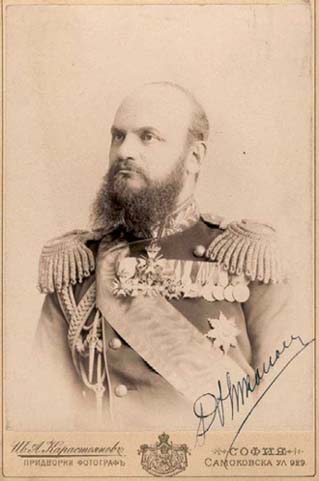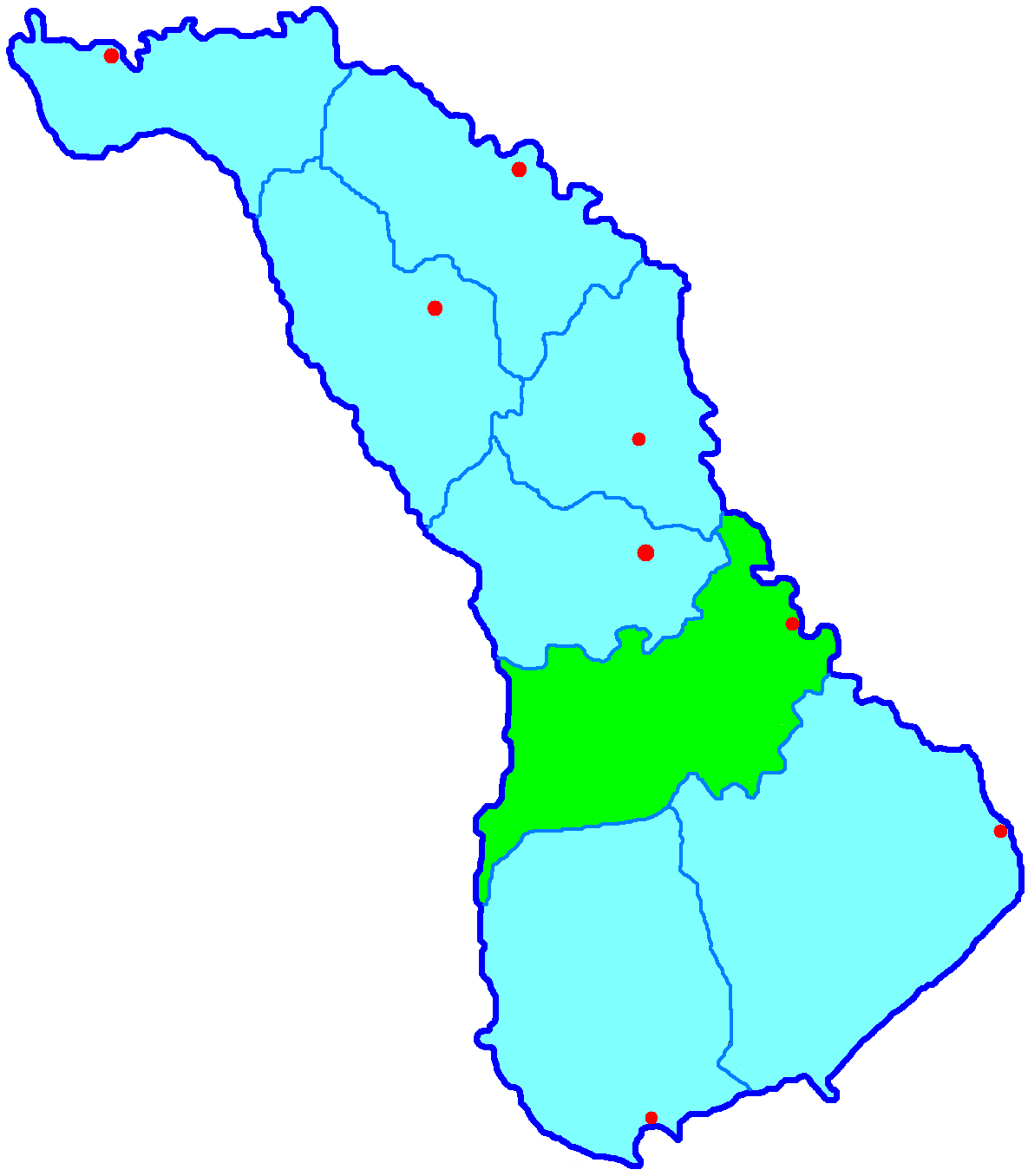|
Ceadîr-Lunga
Ceadîr-Lunga (, also spelled ''Ceadâr-Lunga''; Gagauz: ''Çadır-Lunga'') is a city and municipality in Gagauzia, . Demographics The city's population is 19,401, of which the declared ethnicities are: *14,294 |
Gagauzia
Gagauzia or Gagauz-Yeri, or ; ro, Găgăuzia; russian: Гагаузия, Gagauziya officially the Autonomous Territorial Unit of Gagauzia; ro, Unitatea Teritorială Autonomă Găgăuzia, ''UTAG''; russian: Автономное территориальное образование Гагаузия, Avtonomnoye territoriaľnoye obrazovaniye Gagauziya, АТОГ (ATUG), is an autonomous territorial unit of Moldova. Its autonomy is ethnically motivated by the predominance in the region of the Gagauz people, who are primarily Orthodox Turkic-speaking people. At the end of World War I, all of the territory of Gagauzia became part of the Kingdom of Romania, before being carved up into the Soviet Union in June 1940. From 1941 to 1944 it was again part of Romania, after which it was incorporated into the Moldavian Soviet Socialist Republic. As the Soviet Union began to disintegrate, Gagauzia declared independence in 1990 as the Gagauz Republic, but was integrated into Moldova in 1994. ... [...More Info...] [...Related Items...] OR: [Wikipedia] [Google] [Baidu] |
Municipalities Of Moldova
There are 66 cities and towns in Moldova. Alphabetical list A * Anenii Noi B *Basarabeasca *Bălți * Biruința * Briceni * Bucovăț C * Cahul *Camenca * Cantemir * Căinari *Călărași *Căușeni *Ceadîr-Lunga * Chișinău *Cimișlia * Codru *Comrat * Cornești *Costești * Crasnoe * Cricova * Criuleni * Cupcini D * Dnestrovsc *Dondușeni *Drochia *Dubăsari * Durlești E *Edineț F * Fălești * Florești * Frunză G * Ghindești *Glodeni *Grigoriopol H *Hîncești I *Ialoveni *Iargara L * Leova *Lipcani M * Maiac *Mărculești N *Nisporeni O * Ocnița *Orhei *Otaci R *Rezina *Rîbnița *Rîșcani S *Sîngera *Sîngerei *Slobozia *Soroca * Strășeni Ș *Șoldănești * Ștefan Vodă T *Taraclia *Telenești * Tighina (Bender) *Tiraspol * Tiraspolul Nou * Tvardița U *Ungheni V * Vadul lui Vodă * Vatra *Vulcănești By status There are 13 localities with municipiu status: Bălți, Cahul, Ceadîr-Lunga, Chișinău, Comrat, Edineț, Hîncești, Orhe ... [...More Info...] [...Related Items...] OR: [Wikipedia] [Google] [Baidu] |
Mihail Ciachir
Mihail Ciachir (also spelled Çakir; April 27, 1861, Ceadîr-Lunga (Bessarabia) - September 8, 1938, Chișinău) was a protoiereus and educator in the Gagauz language, and first publisher of Gagauz books in the former Russian Empire. Biography Mihail Ciachir was born on April 27, 1861, in the Bessarabian village of Ceadîr-Lunga, in a Gagauz deacon family. Ciachir studied at the Theological Seminary of Chișinău. After graduation, he taught at a men's theological school. Three years later, he was elected Chairman of the Chișinău School Board. In 1896, he appealed to the Ministry of Education of the Russian Empire for permission to print books in the Moldovan language. This was granted provided the Moldovan text appeared parallel to the Russian. From 1901, Ciachir published several books on Moldovan grammar, and tutorials on Russian language and grammar. His textbook to help Moldovans learn Russian went through three editions in fourteen years. In 1904, Ciachir appealed to t ... [...More Info...] [...Related Items...] OR: [Wikipedia] [Google] [Baidu] |
Tighina County (Romania)
Tighina County was a county (Romanian: '' județ'') in the Kingdom of Romania between 1925 and 1938 and between 1941 and 1944. Geography The county was located in the eastern part of Greater Romania, in the southeastern part of the historical region of Bessarabia, at the border with Soviet Union. At present, the territory of the former county is part of the Republic of Moldova. Tighina County was bordered to the west by Cahul County, to the north by Lăpușna County, and to the south by Cetatea-Albă County. To the east was the Soviet border on the other side of the Dniester River. Administrative organization The county was administrative subdivided into four districts ('' plăși''): #Plasa Bulboaca, headquartered at Bulboaca #Plasa Căușani, headquartered at Căușani #Plasa Ceadâr-Lunga, headquartered at Ceadâr-Lunga #Plasa Cimișlia, headquartered at Cimișlia Tighina County had two urban localities: *Tighina, an urban commune and the county seat. *Comrat, an ur ... [...More Info...] [...Related Items...] OR: [Wikipedia] [Google] [Baidu] |
Gagauz Language
Gagauz (, ) is a Turkic language spoken by the Gagauz people of Moldova, Ukraine, Russia and Turkey and it is an official language of the Autonomous Region of Gagauzia in Moldova. Gagauz belongs to the Oghuz branch of Turkic languages, alongside Azerbaijani, Turkmen, and Turkish. Gagauz is a distinct language from Balkan Gagauz Turkish to some degree. Though it was established as a written language in 1957, Gagauz was not used in schools until 1959. Gagauz is a language derived from Balkan Gagauz Turkish; Balkan linguistics was the first to view the consequences of language contact as normal rather than corrupt. The term "Gagauz language" and the identification of one's language as "Gagauz" were established concurrently with or even after the creation of national self-awareness. About 150,000 Gagauz resided in Moldova in 1986, where they lived in settlements within the Comrat, Ceadîr-Lunga and Vulcănești Rayons. Along with the majority of the Gagauz living in Moldova, the ... [...More Info...] [...Related Items...] OR: [Wikipedia] [Google] [Baidu] |
Bessarabian Bulgarians
The Bessarabian Bulgarians ( bg, бесарабски българи, ''besarabski bǎlgari'', ro, bulgari basarabeni, uk, бесарабські болгари, ''bessarabski bolháry'') are a Bulgarian minority group of the historical region of Bessarabia, inhabiting parts of present-day Ukraine (Odesa Oblast) and Moldova. Location and number Modern Ukraine In Ukraine, the number of Bessarabian Bulgarians is estimated at over 129,000 in Budjak (in the Odesa Oblast in the southern part of the country), and 75,000 elsewhere (mostly in other parts of Southern Ukraine), according to the 2001 Ukrainian Census, which counted a total of 204,600 Bulgarians in Ukraine. Bulgarians are a majority in Bolhrad District (45,600 of its 75,000 inhabitants), but they also inhabit other districts of Budjak: Artsyz – 20,200 of the 51,700, Tarutyne – 17,000 of the 45,200, Izmail – 14,100 of the 54,700, and Sarata – 10,000 of the 49,900. There are also 8,600 Bulgarians in the city of Iz ... [...More Info...] [...Related Items...] OR: [Wikipedia] [Google] [Baidu] |
Serpukhov
Serpukhov ( rus, Серпухов, p=ˈsʲɛrpʊxəf) is a city in Moscow Oblast, Russia, located at the confluence of the Oka and the Nara Rivers, south from Moscow ( from Moscow Ring Road) on the Moscow—Simferopol highway. The Moscow— Tula railway passes through Serpukhov. Serpukhov is the center of the with a population of more than 260,000 inhabitants. In the 14th and early 15th centuries, Serpukhov was the capital of the principality. It was allocated to an independent administrative and economic unit with direct subordination to the executive committee of the regional council on September 14, 1939. Now a city of regional subordination, it is part of the municipal education of the city district of Serpukhov. In the modern era, Serpukhov has become a local industrial center with textile, mechanical engineering, furniture, and paper-producing industries. The SeAZ factory produces the Lada Oka microcar since the 1980s. The Prioksko-Terrasny Nature Reserve sprawls wi ... [...More Info...] [...Related Items...] OR: [Wikipedia] [Google] [Baidu] |
Bursa, Turkey
( grc-gre, Προῦσα, Proûsa, Latin: Prusa, ota, بورسه, Arabic:بورصة) is a city in northwestern Turkey and the administrative center of Bursa Province. The fourth-most populous city in Turkey and second-most populous in the Marmara Region, Bursa is one of the industrial centers of the country. Most of Turkey's automotive production takes place in Bursa. As of 2019, the Metropolitan Province was home to 3,056,120 inhabitants, 2,161,990 of whom lived in the 3 city urban districts (Osmangazi, Yildirim and Nilufer) plus Gursu and Kestel, largely conurbated. Bursa was the first major and second overall capital of the Ottoman State between 1335 and 1363. The city was referred to as (, meaning "God's Gift" in Ottoman Turkish, a name of Persian origin) during the Ottoman period, while a more recent nickname is ("") in reference to the parks and gardens located across its urban fabric, as well as to the vast and richly varied forests of the surrounding region ... [...More Info...] [...Related Items...] OR: [Wikipedia] [Google] [Baidu] |
Moldova
Moldova ( , ; ), officially the Republic of Moldova ( ro, Republica Moldova), is a Landlocked country, landlocked country in Eastern Europe. It is bordered by Romania to the west and Ukraine to the north, east, and south. The List of states with limited recognition, unrecognised state of Transnistria lies across the Dniester river on the country's eastern border with Ukraine. Moldova's Capital city, capital and largest city is Chișinău. Most of Moldovan territory was a part of the Principality of Moldavia from the 14th century until 1812, when it was Treaty of Bucharest (1812), ceded to the Russian Empire by the Ottoman Empire (to which Moldavia was a Vassal state of the Ottoman Empire, vassal state) and became known as Bessarabia. In 1856, southern Bessarabia was returned to Moldavia, which three years later united with Wallachia to form United Principalities, Romania, but Russian rule was restored over the whole of the region in 1878. During the 1917 Russian Revolution, B ... [...More Info...] [...Related Items...] OR: [Wikipedia] [Google] [Baidu] |
Twin Towns And Sister Cities
A sister city or a twin town relationship is a form of legal or social agreement between two geographically and politically distinct localities for the purpose of promoting cultural and commercial ties. While there are early examples of international links between municipalities akin to what are known as sister cities or twin towns today dating back to the 9th century, the modern concept was first established and adopted worldwide during World War II. Origins of the modern concept The modern concept of town twinning has its roots in the Second World War. More specifically, it was inspired by the bombing of Coventry on 14 November 1940, known as the Coventry Blitz. First conceived by the then Mayor of Coventry, Alfred Robert Grindlay, culminating in his renowned telegram to the people of Stalingrad (now Volgograd) in 1942, the idea emerged as a way of establishing solidarity links between cities in allied countries that went through similar devastating events. The comradeship ... [...More Info...] [...Related Items...] OR: [Wikipedia] [Google] [Baidu] |
Bendersky Uyezd
Bendersky Uyezd (''Бендерский уезд'') was one of the subdivisions of the Bessarabia Governorate of the Russian Empire. It was situated in the southern part of the governorate. Its administrative centre was Bender. Demographics At the time of the Russian Empire Census of 1897, Bendersky Uyezd had a population of 194,915. Of these, 45.1% spoke Romanian, 14.1% Gagauz or Turkish, 10.8% Ukrainian, 9.5% Russian, 8.5% Yiddish, 7.6% Bulgarian, 2.9% German, 0.6% Polish, 0.4% Romani, 0.1% Greek, 0.1% Belarusian and 0.1% Armenian as their native language. See also *Comrat Republic The Comrat Republic ( gag, Κομράτ Ρεσπυβλικάσι, italics=no, ; ro, Republica de la Comrat; russian: Комратская республика, Komratskaya respublika) was an autonomous republic established in the village of C ... References {{Reflist Uezds of Bessarabia Governorate Bessarabia Governorate ... [...More Info...] [...Related Items...] OR: [Wikipedia] [Google] [Baidu] |
Cities And Towns In Moldova
A city is a human settlement of notable size.Goodall, B. (1987) ''The Penguin Dictionary of Human Geography''. London: Penguin.Kuper, A. and Kuper, J., eds (1996) ''The Social Science Encyclopedia''. 2nd edition. London: Routledge. It can be defined as a permanent and densely settled place with administratively defined boundaries whose members work primarily on non-agricultural tasks. Cities generally have extensive systems for housing, transportation, sanitation, utilities, land use, production of goods, and communication. Their density facilitates interaction between people, government organisations and businesses, sometimes benefiting different parties in the process, such as improving efficiency of goods and service distribution. Historically, city-dwellers have been a small proportion of humanity overall, but following two centuries of unprecedented and rapid urbanization, more than half of the world population now lives in cities, which has had profound consequences for g ... [...More Info...] [...Related Items...] OR: [Wikipedia] [Google] [Baidu] |


.jpg)

.jpg)

